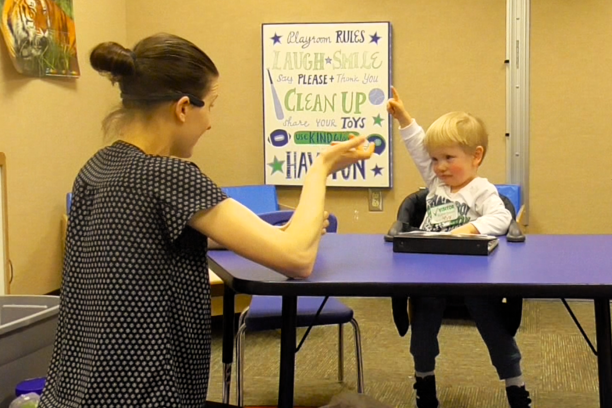-
Venker C., McDaniel J., Yasick M. Speech-language pathologists’ ratings of telegraphic versus grammatical utterances: A survey study Journal of Speech-Language-Hearing Research. 2020 Jul;63(63). 2271-80.
Abstract
Purpose
It is common for speech-language pathologists (SLPs) to simplify their utterances when talking to children with language delays, but there is disagreement about whether simplified utterances should be grammatical (e.g., Daddy is running, See the cookie?) or telegraphic (e.g., Daddy running, See cookie?). This study examined the extent to which SLPs reported grammatical versus telegraphic utterances to sound like something they would say and investigated whether results differed based on SLPs' perspectives about the usefulness of telegraphic input.
Method
Ninety-three practicing SLPs completed an online survey. SLPs rated the extent to which a list of telegraphic and grammatical utterances sounded like something they would say to a child with a language delay who is prelinguistic or at the one- or two-word stages of spoken language development.
Results
SLPs who did not view telegraphic input as useful or felt neutral about this issue rated grammatical utterances to sound significantly more like something they would say than telegraphic utterances. However, findings differed for SLPs who viewed telegraphic input as useful. There was no significant difference in the extent to which these SLPs reported grammatical versus telegraphic utterances to sound like something they would say.
Conclusions
As incorrect language models, telegraphic utterances are counterexamples to the grammatical structure of English that may make it more difficult for learners to detect regularities in the language input they hear. Unless empirical evidence emerges in support of telegraphic input, it may be beneficial to maximize grammatical input provided to children with language delays.





